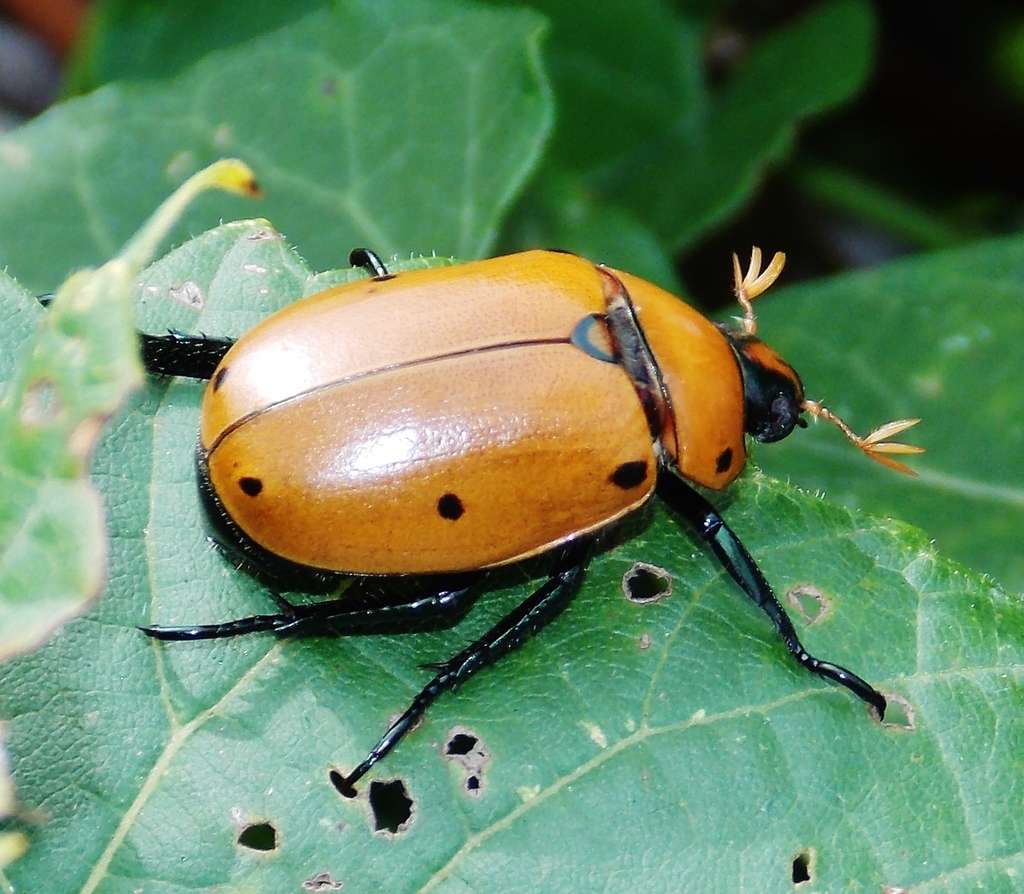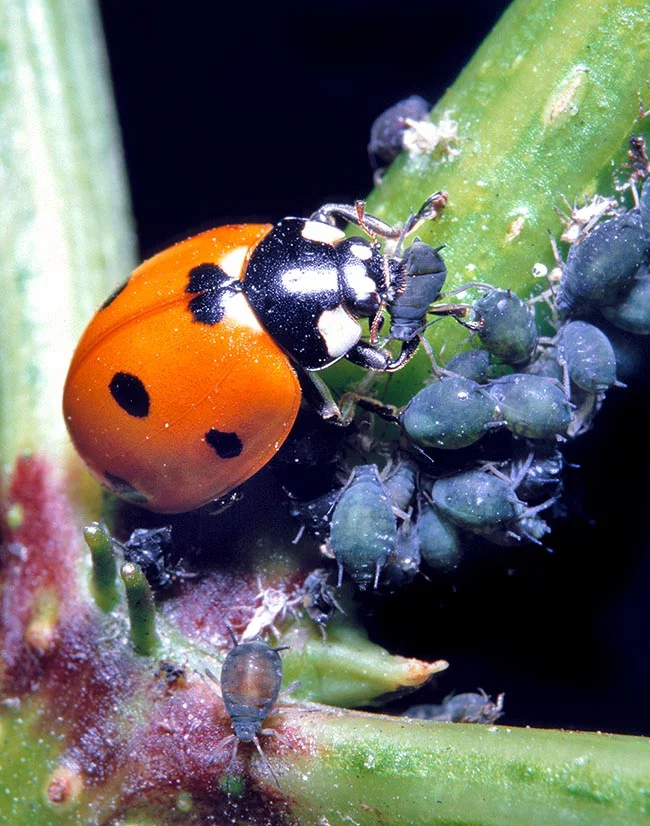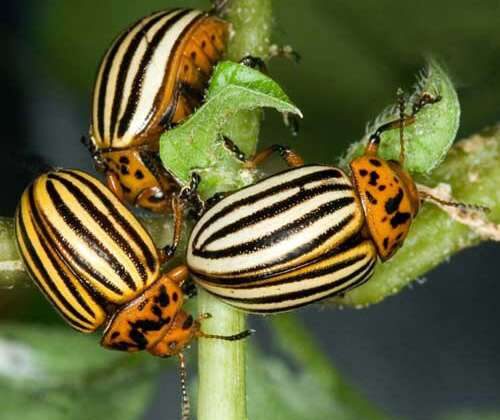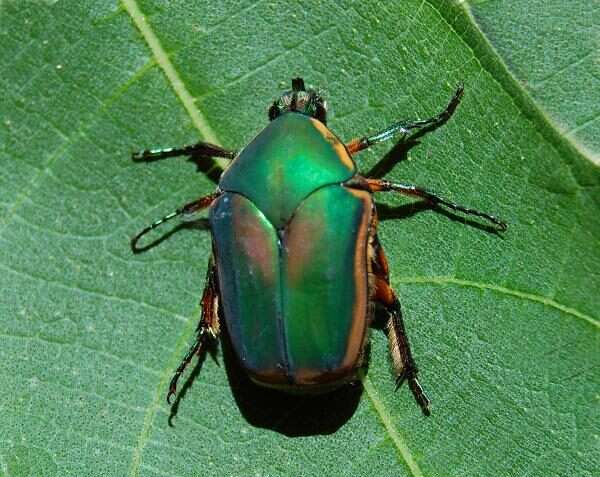
Another name for them is, June or spotted pelidnota, belongs to the subfamily Rutelinae of the family Scarabaeidae (Scarab beetles). Although they are widespread in the northern and central United States and eastern Canada, grapevine beetles cause only minor harm to the plants they inhabit. The flying beetles move quickly and typically in a curved pattern.
The adult beetle measures around 2.5 centimeters (1 inch) long, but it occasionally grows to 3 centimeters (1.2 in). Off-yellow or auburn red makes up its pattern, with four black spots going along each side. Tiny black lines divide its elytra’s margins.
Geographical Location
The grapevine beetle, Pelidnota punctata, is a Nearctic native. It is common in Canada and the eastern United States. In the United States, it extends as far west as Texas. It is primarily found in Ontario, Canada.
Habitat
Both cultivated and wild grapes can be found in areas where Pelidnota punctata adults can be found. They occupy temperate areas, vineyards used for agriculture, woodlands, meadows, and suburban gardens.
Larvae typically inhabit decomposing wood, like the stumps of deciduous trees. Larvae of the Pelidnota punctata species can dwell inside the stump, although they typically create tunnels in the tree roots.
Size
Pelidnota punctata measures 20 to 25 mm in length and 13 to 15 mm in width.
Elytra
Its elytra are slightly metallic in color and yellowish orange. Each elytra’s lateral edge has three black spots, while the lateral edges of the thorax’s lateral margins each have one black mark. P. punctata has a brownish-black, somewhat greenish ventral side.
Antenna
The orange antennae of this species, like those of all Scarabaeidae beetles, have a clubbed end that is actually made up of numerous plates called lamellae. The lamellae can either be spread out or formed into a ball.
Eggs
- punctata eggs are white, oval-shaped, and elongated; when first laid, they are 2 mm long and 1.5 mm wide; they increase in size before hatching. When a larva initially hatches, its head is white; subsequently, it turns brown.
Pupae
Pupae begin life as white and subsequently turn brown. Pupae measure roughly 22 mm in length.
This species most likely exhibits a wide range of physical differences. Ten separate species names were given to bug varieties in 1915, yet it was later discovered that they were all just various versions of the same species, Pelidnota punctata.
Spots
While some kinds have smaller spots, others have less noticeable ones. Additionally, there are population-specific differences in the color of the legs, with some grapevine beetles having legs that match the color of the elytra and others having legs that match the color of the ventral portion of the body.
Behavior
Pelidnota punctata’s nocturnal habits include frequent nighttime congregating at lights. It spends the day primarily dormant on the leaves of its host plant. To find hosts and mates, these beetles fly quite a bit at night.
Importance in Humans Life
Positive Role
The Pelidnota punctata has no known beneficial benefits on people.
Negative Role
Pelidnota punctata outbreaks have the potential to severely defoliate grape fields. P. punctata was regarded as a pest of the Canadian province of southern Ontario’s grape industry in 1965. However, despite its potential, the grapevine beetle typically does not pose a significant threat to grape production. The beetles’ relatively big size makes it possible to manually pick them off the plants, which is the suggested method of elimination.
Table






